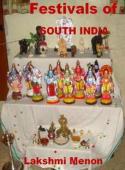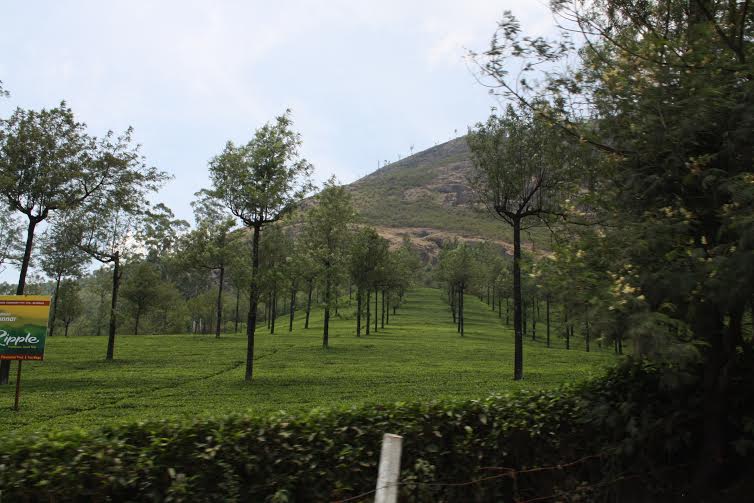Telugu Wedding
Telugu Marriage, Telugu Matrimony
Telugu weddings are the weddings of the people of Andhra Pradesh. These days wedding planners are there to take care of all the arrangements.
The wife is considered to be ardhangini, a part of her husband, literally meaning 'half of the body'. No religious ritual can be performed by a man without his wife.
While fixing the weddings, the months of Aashad, Bhadrapad and Shunya are avoided. These months are considered inauspicious.
Pre-wedding Rituals
Once the marriage is finalized between the two families, an auspicious time and date is chosen, called Muhurtham. During the Engagement ceremony, the date of the marriage will be announced.
See also the Engagement ceremony.
Pendlikoothuru
A day or two prior to the wedding day, Pendlikoothuru is performed, wherein the boy and the girl are smeared with oil and turmeric. They take bath and each wears new clothes. The girl wears flowers and bangles. The married women are presented with the betel leaves, sweets, flowers and bangles. This gifting is done to ensure the married ladies bless the to-be married girl and wishes her to become a part of their group.
Snathakam takes place before few hours of the Muhurtham wherein the bridegroom wears a silver thread on his body. It is an important ritual of Telugu wedding.
Kashi Yatra
At the end of the thread ceremony, the groom says he is going to Kashi discarding the worldly pleasures. Then the bride's brother requests him to stay on and offers his sister in marriage.
Mangala Snaanam and Aarti
The bride and the groom take the auspicious oil bath on the wedding day in their respective houses. Their families perform aarti to them in their respective homes.
Gauri Pooja and Ganesh Pooja
In a Telugu wedding, after the bath, the bride worships the goddess Gauri. Gauri is the Mother Durga who symbolizes divine power, energy, woman power, fertility, etc. The boy performs Ganesh Pooja which ensures the success of the work at hand.
Wedding Rituals of a Telugu Wedding
Kanyadan
The bride's uncle carries her in a bamboo basket to the mandapam. The well decked bride carries some betel leaves,betel nuts, a coconut, a sandalwood stick and a red pumpkin. curtain is placed between the bride and groom, so that they do not see each other till the wedding is completed. At the end of the marriage, the parents of the bride wash the groom's feet with water that symbolises their belief that he is a form of God to whom they now offer their daughter's hand.
Jeerakalla-Bellamu
After the priest recites the wedding shlokas from the Vedas, the bride and groom apply a paste of cumin seeds and jaggery on each other's hands, which symbolises their belief that they must go through the sweet and bitter timings together in life.
Madhuparkam
The bride wears a white cotton sari with a red border, and the groom wears white cotton dhoti, also with a red border. The white colour signifies purity and chastity and the red strength.
The married women accompany the girl holding plates of rice mixed with turmeric powder. The other ladies hold plates with small lamps. The lit lamps represent sweetness and light, two qualities that the bride brings with her to this new phase of life.
The curtain between the two is removed, and prayers are offered, the groom ties the two strings each with a golden disc representing the Mangalsutra separately around the bride's neck with three knots to represent the strength of their union physical, mental and spiritual.
The groom holds the bride's hand and gazes at the pole star or Dhruva, and then other stars like Vasishta and Arundhati which symbolise an inseparable couple.
Kanyadan
The couple now exchange garlands when the people present at the wedding shower their blessings on them by sprinkling flowers and turmeric-coloured rice. Then the bride's saree and the groom's dhoti are tied together at one end in a knot,and they take seven steps together around the sacred fire. This ritual is called Saptapadi. During this ceremony, saris, ornaments and other gifts are offered to the couple and to other family members.
Sthaalipaakam wherein the groom slips silver toe rings on the bride's feet. To ward off the evil eye, she is asked to wear a string of black beads.
A grand feast is offered on the occasion.
Post Wedding Ritual
Grihapravesha The bride is escorted to her marital home with her groom and his people. She is given a warm welcome by the groom's parents to her new home.
It is customary in a Telugu wedding, the two mangalsutras are united on a common thread 16 days after the wedding.
These days finding a life partner is very easy. There are several matrimony sites available to find the correct match.











